Introduction
In today’s hyper-competitive manufacturing landscape, injection molding machines are no longer just about plastic shaping – they’ve evolved into sophisticated systems combining mechanical engineering, material science, and digital intelligence. The global injection molding machine market, valued at $16.8 billion in 2023, is being reshaped by manufacturers pushing the boundaries of what’s possible in precision, speed, and sustainability.
This deep dive explores the technological innovations that separate industry leaders from followers, and how these advancements are addressing critical manufacturing challenges across industries from medical devices to automotive components.
1. The Evolution of Injection Molding Technology
1.1 From Hydraulic to Electric: The Power Revolution
The shift from hydraulic to electric machines represents the most significant technological leap in decades:
- Energy Efficiency: Electric machines consume 50-70% less energy than hydraulic equivalents
- Precision Control: Servo motors achieve positioning accuracy within 0.01mm
- Cleaner Operation: Eliminates hydraulic oil leaks and contamination risks
Market Shift: Electric machines now account for over 40% of new sales in developed markets (Japan 72%, Europe 58%, North America 43%)
1.2 Hybrid Systems: Best of Both Worlds
For applications requiring both power and precision:
- Combination Drives: Electric for metering, hydraulic for clamping
- Energy Recovery: Captures braking energy from mold movements
- Applications: Ideal for large-tonnage machines (500+ tons)
2. Breakthrough Technologies in Modern Injection Molders
2.1 Microcellular Foam Molding (MuCell)
Pioneered by Trexel, now adopted by major manufacturers:
- Process: Supercritical fluid creates microscopic bubbles in melt
- Benefits:
- 15-20% weight reduction
- Improved dimensional stability
- Reduced material usage
- Applications: Automotive interiors, electronic housings
Case Study: Ford saved $5 million annually by implementing MuCell for console components
2.2 Multi-Component Molding Systems
Enabling complex parts in single cycles:
- Rotary Platen Technology: 180° or 90° mold rotation between shots
- Co-injection: Sandwich structures with different materials
- Applications: Soft-touch grips, sealed medical devices
Leading Providers: Engel, Arburg, and Husky specialize in these systems
2.3 Ultra-High Speed Molding
For thin-wall packaging and disposable products:
- Clamp Speeds: Up to 1,000mm/sec
- Injection Rates: Exceeding 1,000cm³/sec
- Challenges: Requires specialized mold cooling and ejection systems
3. Digital Transformation in Injection Molding
3.1 Smart Machine Architecture
Modern controllers have evolved into industrial computers:
- Standard Features:
- 10″ touchscreen HMIs
- Ethernet/IP connectivity
- USB/cloud data logging
- Advanced Systems:
- Mold fingerprinting for setup optimization
- Self-learning process adjustment
3.2 Industrial IoT Implementation
Real-world applications in production:
- Remote Monitoring: 24/7 machine access via smartphone
- Predictive Maintenance: Vibration analysis predicts screw wear
- Energy Analytics: Pinpoints wasteful processes
ROI Example: A Japanese Tier 1 supplier reduced downtime by 28% through IoT implementation
3.3 AI-Powered Process Optimization
Emerging applications showing promise:
- Defect Prediction: Computer vision spots imperfections in real-time
- Parameter Optimization: Machine learning suggests ideal settings for new materials
- Quality Forecasting: Predicts part quality from process variables
4. Materials Innovation Driving Machine Development
4.1 High-Performance Polymers
Machines must adapt to challenging materials:
- LCPs (Liquid Crystal Polymers): Require precise thermal control
- PEEK/PEKK: Need barrel temperatures exceeding 400°C
- Bio-based Polymers: Often have different flow characteristics
4.2 Recycled Material Processing
Specialized machine features for regrind:
- Degassing Systems: Remove volatiles from recycled material
- Mixing Controls: Consistent blending of virgin and recycled
- Filtration: Remove contaminants from post-consumer waste
5. Industry-Specific Machine Configurations
5.1 Medical-Grade Molders
Stringent requirements for:
- Cleanroom Compatibility: ISO Class 5-7 environments
- Validation Packages: FDA 21 CFR Part 11 compliance
- Traceability: Complete material and process documentation
5.2 Automotive Solutions
Addressing industry needs:
- Large-Tonnage Machines: Up to 6,000 tons for bumpers
- In-Mold Decoration: Simultaneous molding and finishing
- Low-Pressure Molding: For delicate electronic components
5.3 Packaging Specialization
High-speed systems for:
- Closure Production: Up to 72,000 caps/hour
- Thin-Wall Containers: Wall thickness under 0.3mm
- Stack Molds: Doubling output without larger machines
6. The Future: Next-Generation Injection Molding
6.1 Additive Manufacturing Integration
Hybrid approaches emerging:
- Mold Inserts: 3D printed conformal cooling channels
- Direct Printing: Combining injection molding with additive deposition
6.2 Self-Optimizing Machines
Autonomous systems featuring:
- Closed-Loop Control: Automatic adjustment to material variations
- Self-Calibration: Compensating for wear without operator input
6.3 Sustainable Machine Design
Future developments:
- Energy Recovery Systems: Storing braking energy in supercapacitors
- Low-Impact Construction: Reduced use of rare earth materials
Conclusion
The injection molding machine industry stands at a technological inflection point, where mechanical innovation converges with digital transformation and sustainability imperatives. Manufacturers who invest in these advanced technologies today will be positioned to lead the markets of tomorrow.
Discussion Question: Which emerging technology do you believe will have the greatest impact on injection molding in the next five years – AI optimization, sustainable machine design, or hybrid manufacturing approaches?
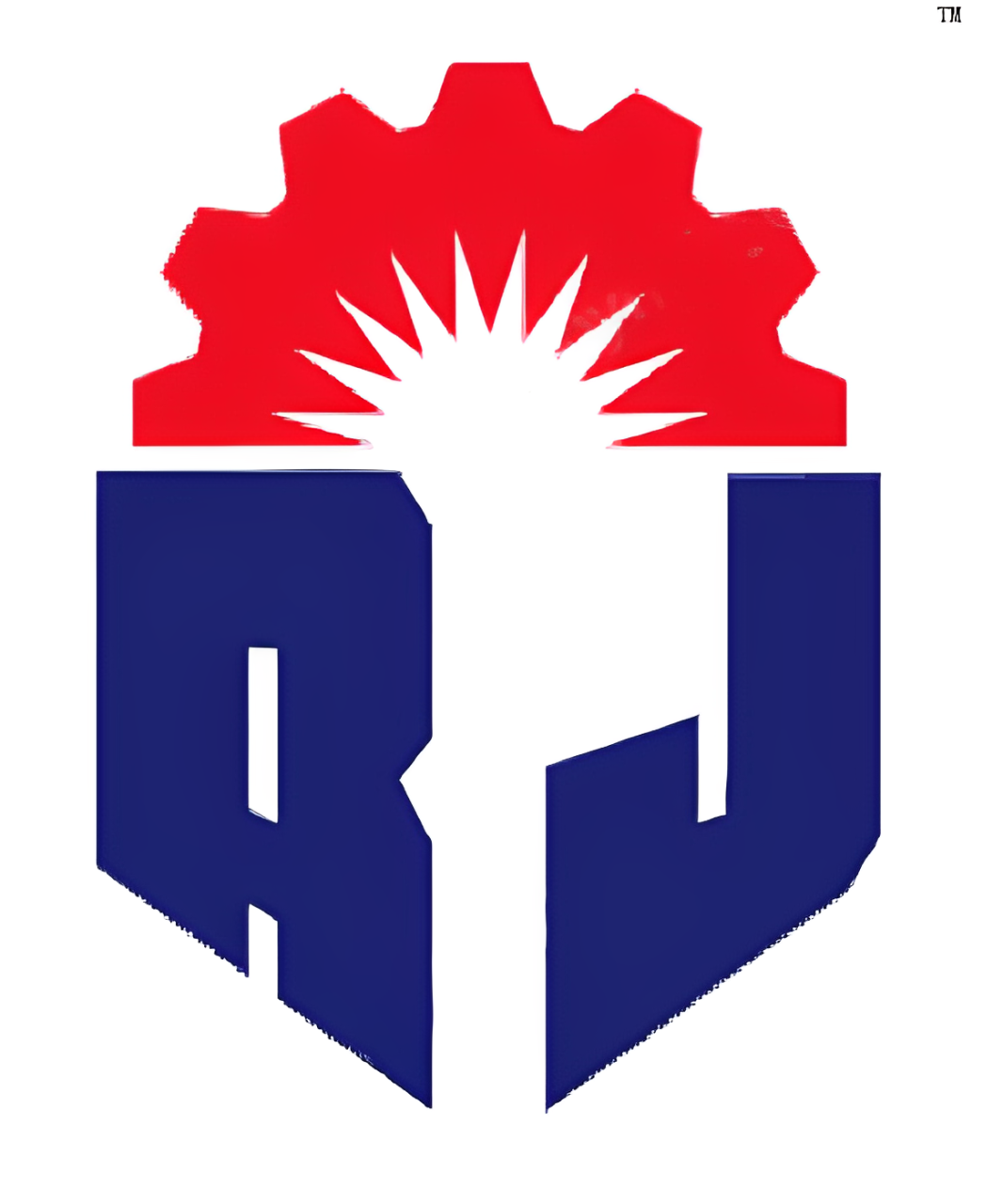
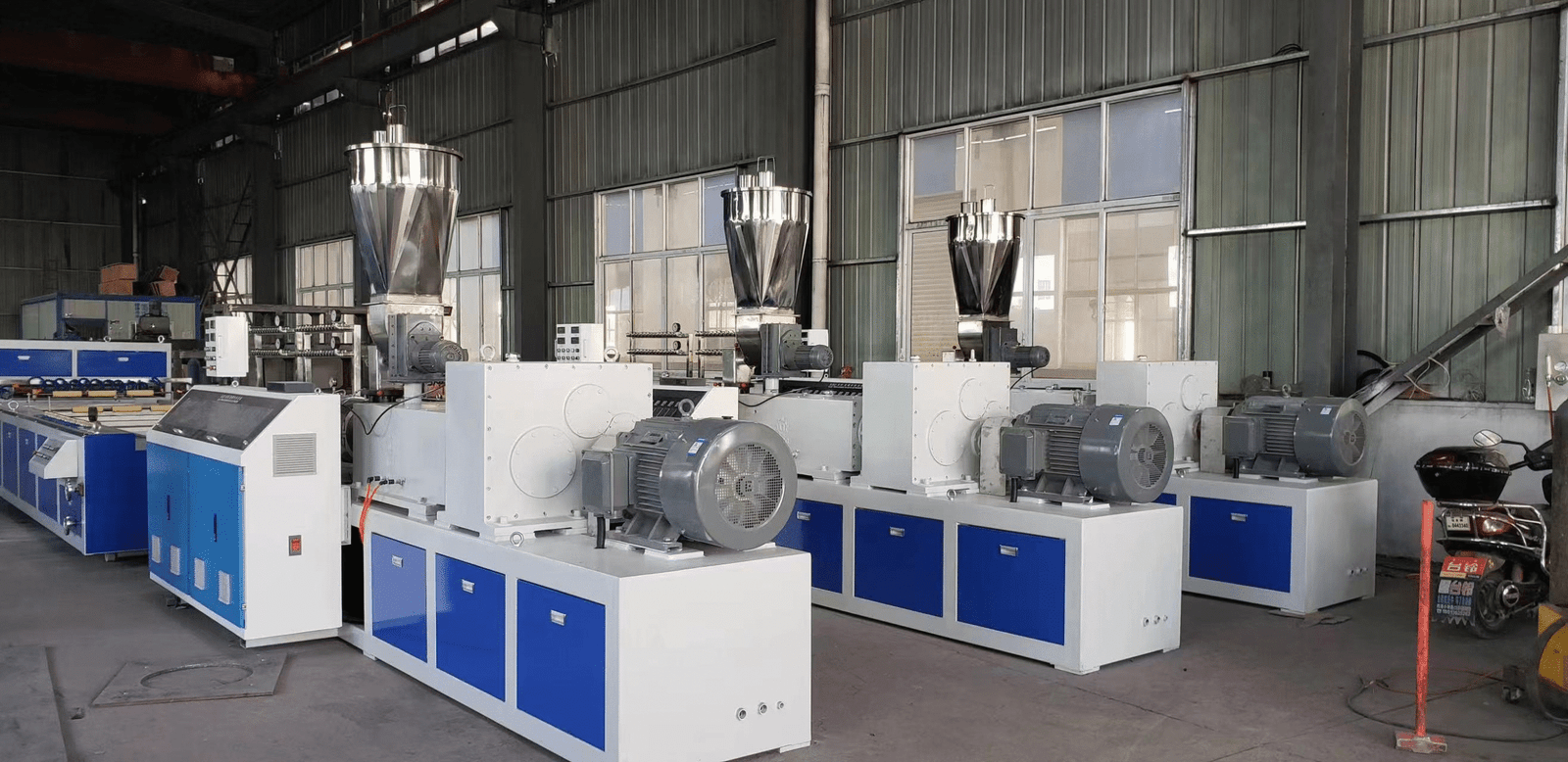
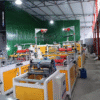
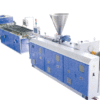
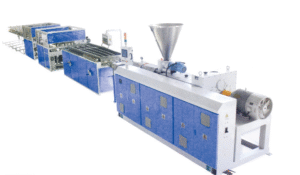
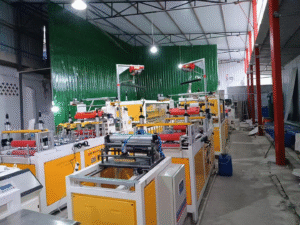
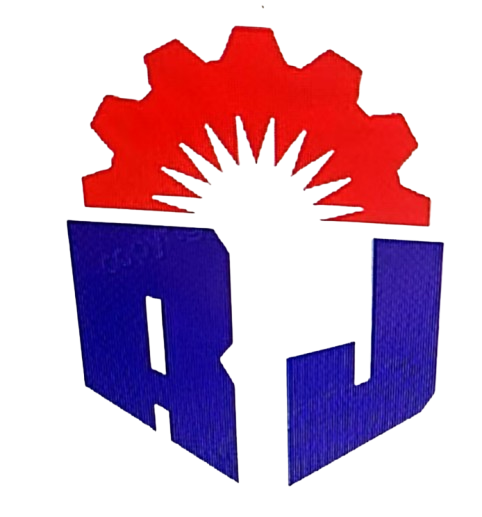
Add comment